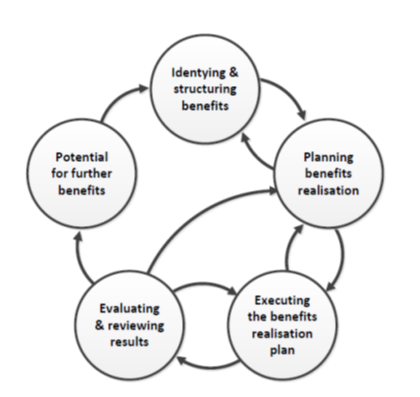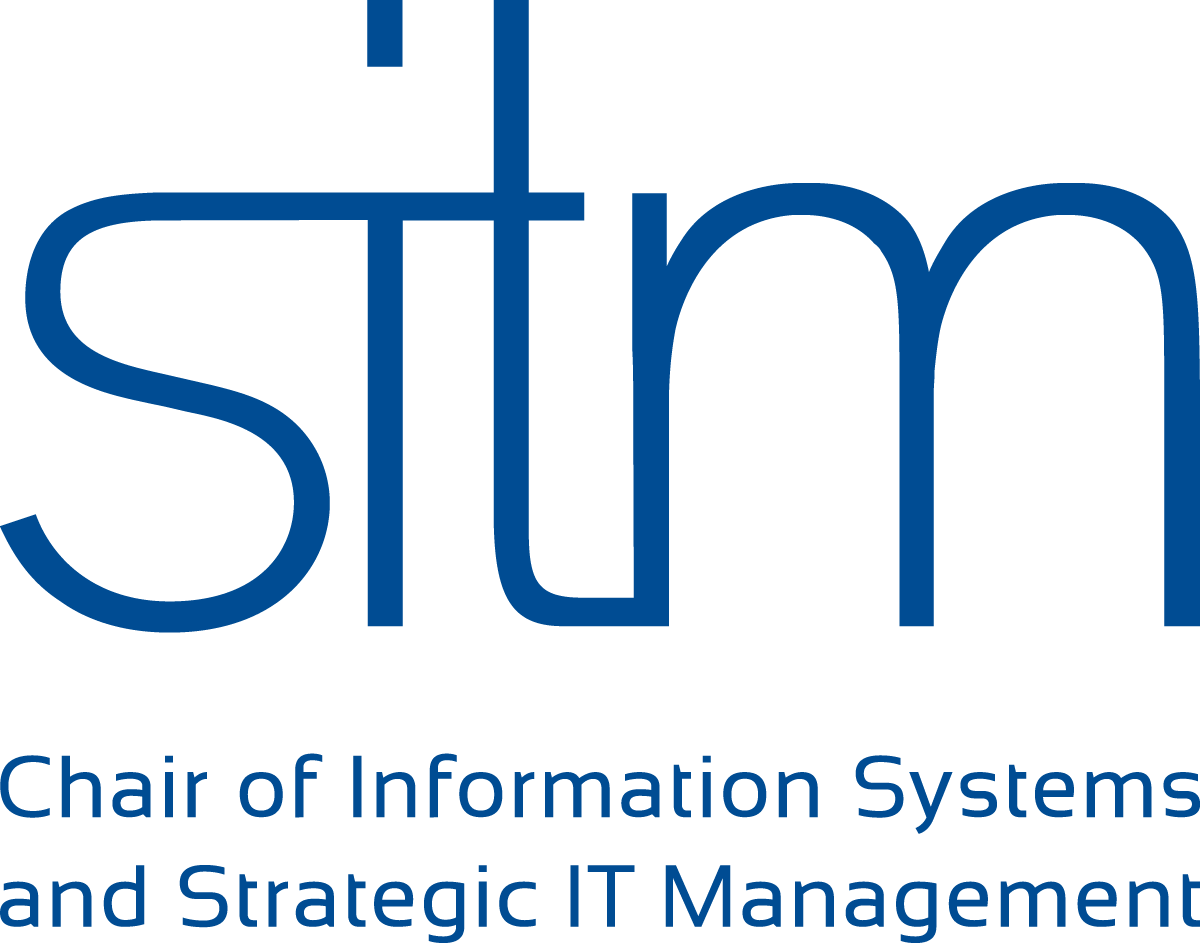Benefits Management Reference Design (BeMaReD)
Benefits Management Reference Design (BeMaReD)
For years, organizations have been using information systems and information technology projects (ISTPs) to implement corporate strategies, provide innovative solutions, reduce IT costs, and so on. Despite substantial investments in ISTPs, many projects fail to deliver the desired benefits [1], with organizations losing large amounts of money [2]. Project failure and difficulties in realizing the intended benefits are fairly unsurprising when one considers the number, investment volumes, and complexity of ISTPs today. We argue that ISTP benefits can be achieved with appropriate management [3]. In this context, several approaches for achieving and maximizing the anticipated benefits from ISTPs have evolved under the term benefits management (BM). The most widely used was the Cranfield benefits management process model by Ward, Taylor, and Bond, who define BM as “the process of organizing and managing such that potential benefits arising from the use of IT are actually realized”. They identify five phases of BM: (1) identifying and structuring benefits, (2) planning benefits realization, (3) executing the benefits realization plan, (4) evaluating and reviewing results, and (5) discovering potentials for further benefits [4].

Figure 1: Cranfield benefits management process [4]
Despite its early research fundamentals in 1996, BM still yields considerable potential for practice and theory. With the BeMaReD project, we aim to exploit the potential of ISTPs in organizations. In particular, from a practical perspective, our study helps organizations to understand the nature of successful BM and to implement BM efficiently, concentrating on the elements that really make a difference. For this purpose, we collaborate with leading practice partners to conduct the design and evaluation of an appropriate reference model that contains roles, processes, methods and tools. Furthermore, we investigate how these components have to be successfully implemented in organizations in order to become accepted by users.
Our intermediate results are represented in our existing publications, which include first guidelines on successful BM implementations. For instance, we have analyzed the effect benefits management practices (e.g. benefits planning and review) on the benefits realization success. In another study, we accounted for the typically dynamic context of ISTPs and developed appropriate guidelines and mechanisms on how to successfully address these.
Duration
2007 - ongoing
Team
Publications
- Hesselmann, Florian and Ahlemann, Frederik: Wert schaffen durch IT-Projekte. In: Controlling, Vol 28 (2016) No 1, p. 45-51.
- Hesselmann, Florian; Ahlemann, Frederik; and Böhl, Dennis, “Not everybody’s darling – Investigating the acceptance of benefits management and moderating organizational characteristics” (2015). Wirtschaftsinformatik Proceedings 2015.
- Hesselmann, Florian and Mohan Kunal, “Where are we headed with benefits management research? Current shortcomings and avenues for future research” (2014). ECIS 2014 Proceedings.
- Ahlemann, Frederik; Hesselmann, Florian; Braun, Jessica; and Mohan, Kunal, “Exploiting IS/IT projects’ potential – Towards a design theory for benefits management" (2013). ECIS 2013 Proceedings.
- Mohan, Kunal; Ahlemann, Frederik; and Braun, Jessica, “Preparing for the future of IT project value realization: Understanding benefits management practices – Do incentives and management support really help?" (2011). ECIS 2011 Proceedings. Paper 16.
- Braun, Jessica; Mohan, Kunal; and Ahlemann, Frederik, “How benefits from IS/IT investments are successfully realized: The role of business processes know how and benefits management practices” (2010). ICIS 2010 Proceedings. Paper 120.
- Braun, Jessica; Ahlemann, Frederik; and Mohan, Kunal, “Understanding benefits management success: Results of a field study” (2010). ECIS 2010 Proceedings. Paper 65.
- Braun, Jessica; Ahlemann, Frederik; and Riempp, Gerold, “Benefits management – A literature review and elements of a research agenda” (2009). Wirtschaftsinformatik Proceedings 2009. Paper 54.
- Braun, Jessica; Ahlemann, Frederik, “Jenseits von Zeit, Kosten und Qualität: Benefits Management als Ansatz zur Realisierung von Nutzeffekten in IT- und Organisationsprojekten“ (2009). projektMANAGEMENT aktuell 5/2009.
References
1. Lin, C.; Guilfoyle, A.; and Standing, C., “The attribution of success and failure by IS project professionals” (2005). Proceedings of the Australasian Conference on Information Systems, Sydney, Australia, pp. 1-12.
2. Dhillon, G., “Gaining benefits from IS/IT implementation: Interpretations from case studies” (2005). International Journal of Information Management, 25(5), pp. 502-515.
3. Remenyi, D. and Sherwood-Smith, M., “Business benefits from information systems through an active benefits realisation programme” (1998). International Journal of Project Management, 16(2), pp. 81-98.
4. Ward, J.; Taylor, P.; and Bond, P., “Evaluation and realisation of IS/IT benefits: An empirical study of current practice” (1996). European Journal of Information Systems, 4, pp. 214-225.

